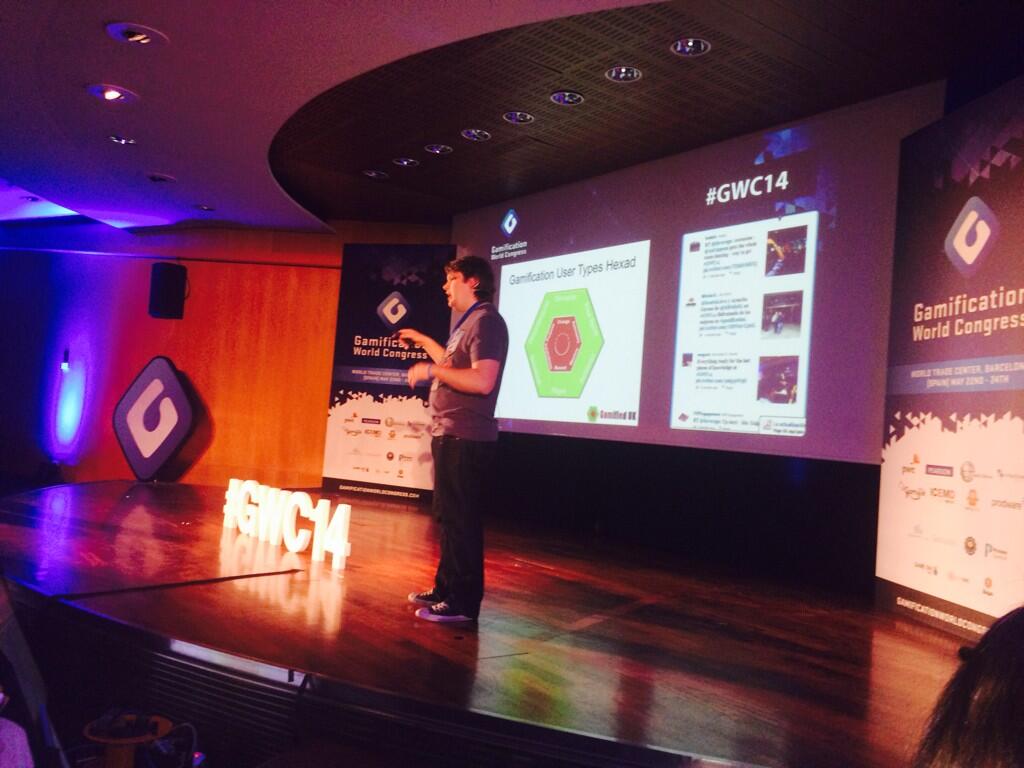A while back, I was asked how “Dark Personalities” fit with my Hexad of User Types. At the time, I had no answer – because I had never heard of dark personalities.
So, as I always do, I responded with honesty and promised to look into it. I have touched on it with how I now explain disruptors in my book and in some papers I have helped with – but have never really mapped them out to make it easy to understand.
The first thing is to discuss what dark personalities are. It seems to stem from an article in the Journal of Research in Personality by D. Paulhus and K. Williams. They describe three types of dark personalities: Narcissism, Machiavellianism, and psychopathy.





